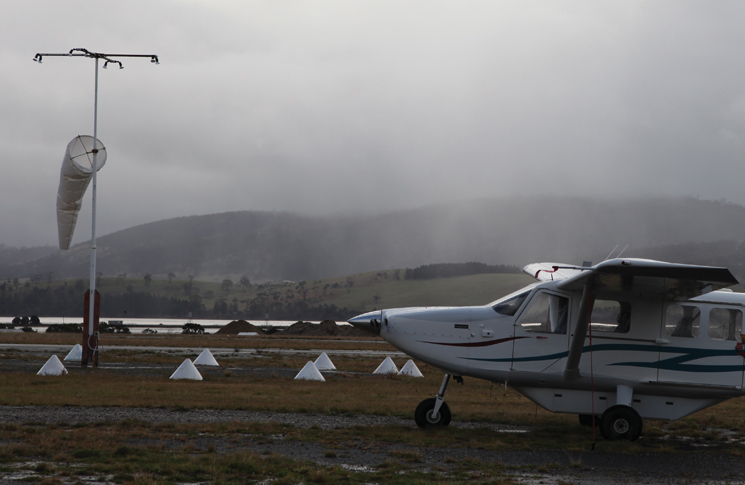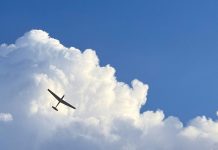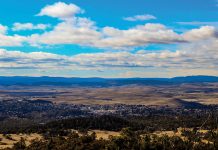- You are operating a twin-engine aeroplane and plan to overfly a populous area on your departure. What is the minimum height at which you can overfly a populous area?
- 1000 ft above the highest obstacle within a 600 m radius of the point on the ground directly below your aircraft
- 1500 ft above the highest obstacle within a 300 m radius of the point on the ground immediately below your aircraft
- a multi-engine aircraft is not subject to minimum altitude over populous area requirements
- 1500 ft AGL
- You are landing on a wet runway and your aircraft’s tyre pressure is 550 KPa. At what approximate speed in kts are you likely to hydroplane?
- at or above 81 kts
- at or above 55 kts
- below 81 kts
- below 55 kts
- Are you permitted to operate from Canberra to Nowra VFR at 2500 ft AMSL?
- yes
- no
- yes but only in the portions of the flight which are in controlled airspace
- no, not unless the landing light is illuminated for the duration of the flight
- You are operating a C182 privately. Canberra ATIS reports that low-visibility operations are in progress, the cloud ceiling is 400 ft and the visibility is 2500 m. Are you permitted to take off?
- yes
- no, you do not hold an approval
- yes, subject to ATC clearance
- no, a visibility of 5000 m is required
- On climb, when must you change the altimeter subscale from QNH to QNE (1013.2 HPa)?
- any time after passing 10,000 ft AND before levelling off
- passing 10,000 ft
- when instructed by ATC
- subscale setting change is not required if the difference between QNH and QNE is less than 2 HPa
- On descent, when must you change the altimeter subscale from QNE (1013.2 HPa) to QNH?
- before entering the transition layer
- passing 11,000 ft
- at top of descent
- subscale setting change is not required if the difference between QNH and QNE is less than 2 HPa
- When flying night VFR OCTA, you are permitted to descend below your LSALT/MSA provided:
- any time you are visual
- you are visual and ATS has advised ‘nil traffic for descent’
- within 3 nm of an aerodrome
- you are visual within 5 nm of the aerodrome and have broadcast your intention to descend
- When navigating under the VFR, you inadvertently find yourself on top of an unbroken cloud layer unable to navigate by visual reference to ground or sea. What should you do?
- declare an emergency
- descend through the cloud layer in order to regain visual reference
- navigate in accordance with the IFR requirements
- declare an emergency only if you cannot fix your position every 30 minutes
- While DME and GNSS equipped and navigating under the VFR, you are requested by ATC to provide distance information; you should:
- declare ‘unable, not instrument rated’
- provide a visual position only
- provide the navigation source and your distance from a specific point of reference
- provide DME distance only
- You meet the definition of being ‘in the vicinity of a non-controlled aerodrome’ when:
- you are within 10 nm of the ARP
- you are at a height where you could present a hazard to other operations
- you are in uncontrolled airspace
- all of the above
- You are operating a C182 and plan on making a straight-in approach to a non‑controlled aerodrome. However, a NOTAM states the AWS will be unserviceable at the time of your arrival.
- you may make a straight-in approach provided you give way to any conflicting aircraft in the circuit
- you may make a straight-in approach provided you establish on final by 3 nm
- you may not make a straight-in approach unless you can determine the wind direction
- you may not make a straight-in approach unless you can determine the wind direction and the runways in use
- You are at FL 120 in an unpressurised aircraft. What supplemental oxygen requirements are applicable?
- none
- your aircraft should be fitted with a supplemental oxygen system
- you must use supplemental oxygen at any time above 10,000 ft AMSL
- you must use supplemental oxygen only when above FL 125
To view the answers, go to the next page using the page navigation buttons below.






Comments are closed.